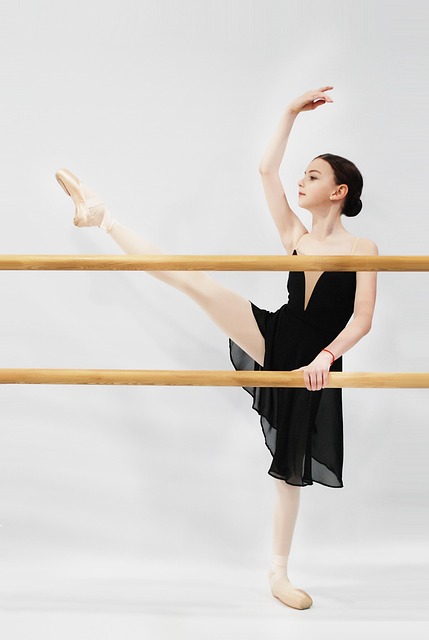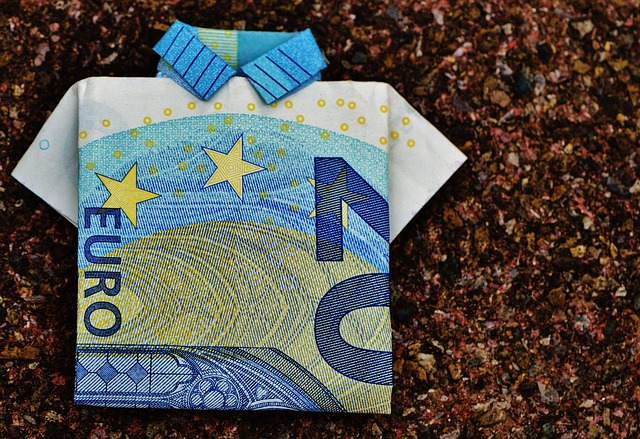Pointe Work: Understanding its Role in Neoclassical Ballet
Pointe work, a hallmark of classical ballet, has long captured the hearts and imagination of audiences around the world. This exquisite dance form requires dancers to perform intricate movements and poses while balancing on the tips of their toes, wearing specially designed pointe shoes. While pointe work is commonly associated with classical ballet, its role in neoclassical ballet is equally significant, adding depth and artistry to this evolving dance style.
Neoclassical ballet emerged as a response to the rigid traditions of classical ballet, introducing more fluidity, athleticism, and innovation into choreography. Pointe work seamlessly integrated into neoclassical ballet, contributing to the dynamic and expressive nature of this genre. Dancers adept in pointe techniques bring a new dimension to storytelling, allowing choreographers to convey emotions and narratives through a fusion of graceful movements and daring balances.
One of the distinguishing features of pointe work in neoclassical ballet is the emphasis on versatility. Neoclassical choreographers often incorporate a blend of techniques, including both traditional pointe work and contemporary movements. This eclectic approach challenges dancers to transition from ethereal, floating sequences to sharp, angular gestures seamlessly. The juxtaposition of these elements creates a visually captivating experience for the audience, keeping them engaged and enthralled.
Furthermore, pointe work in neoclassical ballet plays a pivotal role in exploring themes of innovation and self-expression. Dancers, while paying homage to the foundational techniques of classical ballet, are encouraged to push boundaries and experiment with new forms of movement. This spirit of exploration enables choreographers to break away from convention and craft performances that are thought-provoking and emotionally charged.
The incorporation of pointe work in neoclassical ballet also brings a renewed focus on the physicality of dance. Dancers train rigorously to develop the strength, balance, and control necessary for executing intricate pointe routines. The discipline required for mastering pointe techniques enhances a dancer's overall skill set, allowing them to tackle a wider range of choreographies with precision and confidence.
Neoclassical ballet often blurs the lines between art and athleticism, and pointe work exemplifies this fusion. Dancers execute daring leaps, spins, and extensions on pointe, showcasing not only their artistic grace but also their remarkable physical prowess. This harmonious blend of artistry and athleticism resonates with modern audiences, who appreciate the dedication and skill that dancers bring to the stage.
In conclusion, pointe work occupies a significant place in the realm of neoclassical ballet. Its integration into this evolving dance form enriches performances with a combination of tradition, innovation, and expression. Dancers who master pointe techniques contribute to the continued evolution of ballet, captivating audiences with their remarkable abilities and captivating storytelling.







